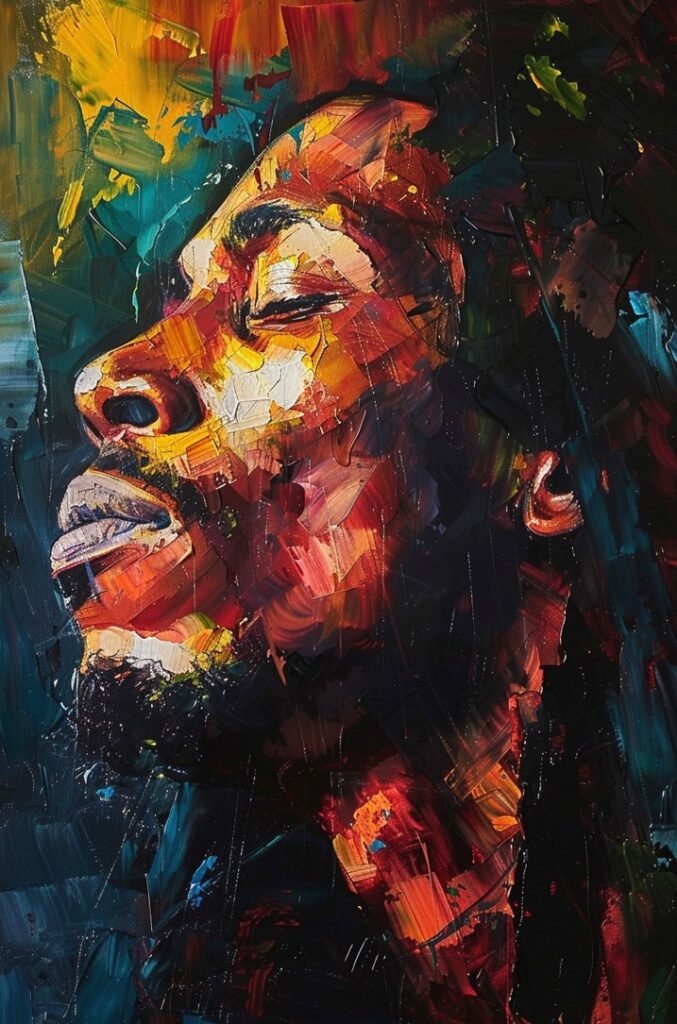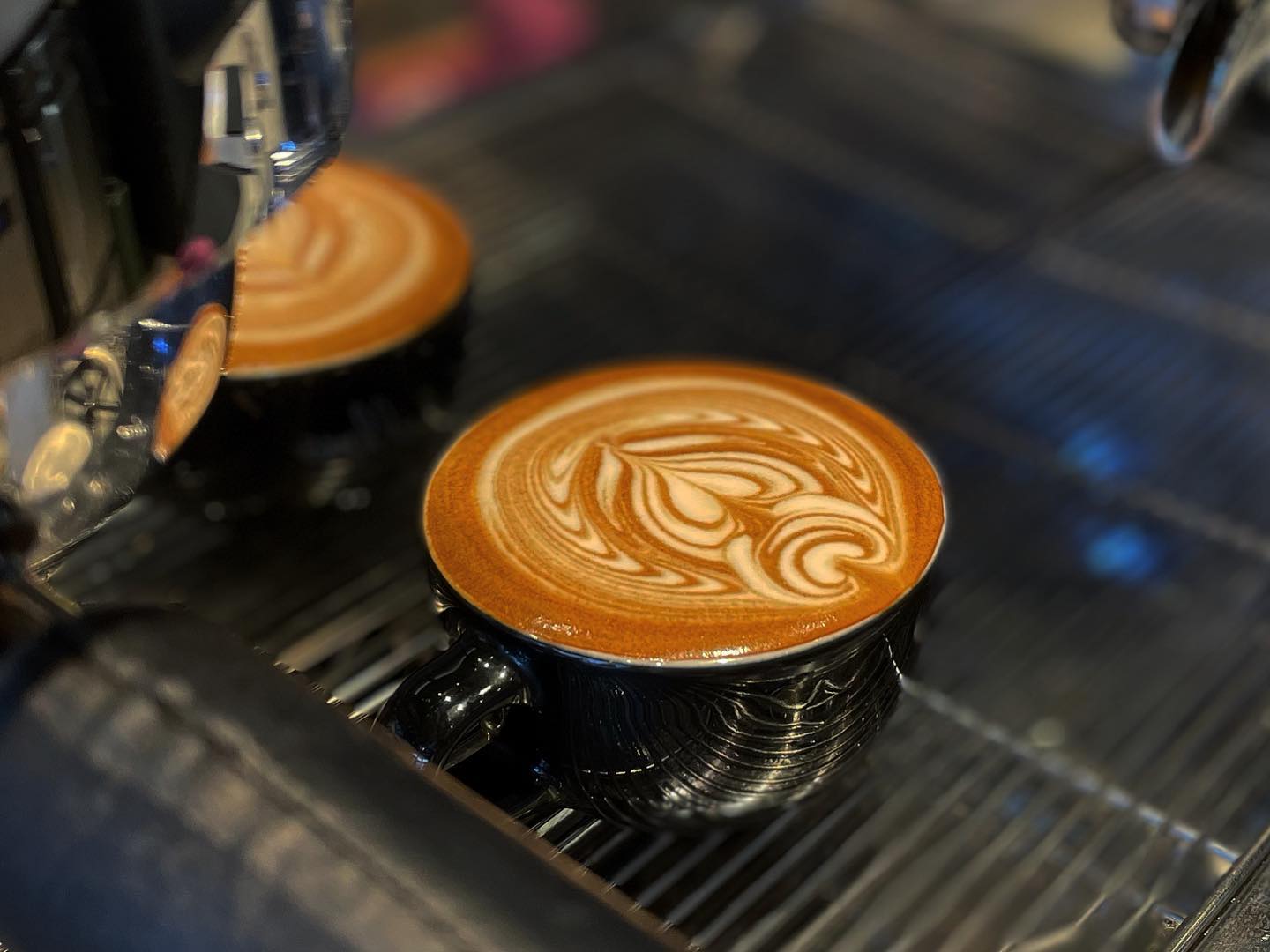
Creating portraits of legendary singers not only preserves their likeness but also celebrates the impact they’ve had on the music world and beyond. With advances in AI-driven artistry, fans can now replicate these legends’ personas in a range of artistic styles that highlight their individual charisma and iconic status. Here, we’ll explore styles suited for capturing music legends like Freddie Mercury, Nina Simone, Elvis Presley, and others, emphasizing why these styles are perfect for canvas reproduction and how they resonate with art and music lovers alike.
The Power of Portraits for Music Legends
Legendary singers have an undeniable presence that goes beyond their music; they embody a spirit that defines an era, genre, or movement. From Elvis Presley’s classic charisma to Nina Simone’s soulful poise, a portrait captures this essence, making their legacy tangible. Using different styles of painting, we can bring a unique perspective to each music icon, tailoring the artistic approach to reflect their personality, stage presence, and cultural influence.
Art Styles That Capture the Essence of Iconic Singers
1. Classic Realism: True-to-Life and Reverent
For singers whose very image is iconic, like Frank Sinatra, Aretha Franklin, and Bob Marley, realism brings their familiar faces to life with detailed accuracy. This style is ideal for capturing nuanced expressions, making it a fitting choice for iconic figures with highly recognizable features.
- Technique: Realism emphasizes intricate brushwork, refined shading, and true-to-life color palettes. AI can recreate this effect by enhancing details in skin tone, facial lines, and even the light in their eyes, giving viewers an authentic glimpse into the artist’s true likeness.
- Why It Works: Realism resonates with those who want a personal, up-close connection with their favorite music legends. A realistic portrait on canvas is a classic choice for a sophisticated, timeless look.

2. Pop Art: Vibrant and Larger-than-Life
Pop Art suits figures like David Bowie, Prince, and Madonna, who were known for their boundary-pushing personas. This style’s bright colors and bold designs perfectly capture the eclectic spirit of these artists, transforming their portraits into iconic, poster-like tributes.
- Technique: Pop Art uses vivid color blocking, often with contrasting tones and minimal shading, which lends a modern, graphic look. AI can reproduce these characteristics, ideal for canvases that mimic the classic poster aesthetic.
- Why It Works: The dramatic, larger-than-life nature of Pop Art suits music legends who embraced creativity in every aspect of their persona. This style captures their flamboyance and has a broad appeal, especially in pop culture-themed spaces.
3. Cubism: Dynamic and Multi-Dimensional
Cubism is a powerful style for capturing the multifaceted nature of legends like Jimi Hendrix or John Lennon. This abstract approach highlights different aspects of a singer’s personality by deconstructing their face into geometric shapes, offering a unique perspective on well-known faces.
- Technique: Cubist portraits break down the subject into various shapes, with sharp angles and contrasting colors, creating a fragmented yet cohesive look. AI-driven Cubism can add depth and complexity, ideal for canvas prints that invite viewers to see the legend in a new light.
- Why It Works: Cubism’s layered aesthetic symbolizes the many sides of these legends—the artist, the performer, the innovator. It’s perfect for avant-garde art collectors and music fans with a taste for abstract representations.
4. Surrealism: Dreamlike and Symbolic
Surrealism aligns well with singers like Freddie Mercury, Björk, and Jim Morrison, whose music and lives have elements of mystique and fantasy. By blending realism with imaginative elements, Surrealist portraits offer a look into the creative minds and worlds of these artists, often incorporating elements that reference their songs or personas.
- Technique: Surrealist art uses realistic images blended with fantastical, dreamlike symbols. For a singer, these symbols might include thematic elements from their music, like an open piano for Freddie Mercury or feathers for Björk. AI can blend these elements, creating a cohesive image that’s both beautiful and meaningful.
- Why It Works: Surrealist portraits speak to the emotional, symbolic, and often spiritual legacy of these icons, making them a thought-provoking addition to any art collection.
5. Expressionism: Emotional and Intense

Legends like Nina Simone, Janis Joplin, and Johnny Cash are suited to Expressionism, a style that conveys raw emotion through bold colors and expressive brushstrokes. It captures the intensity of their music and the vulnerability of their personas.
- Technique: Expressionist portraits focus on exaggerated features, dramatic contrasts, and a bold color palette, conveying strong emotions. AI can replicate the textured brushstrokes and intense colors, creating a dynamic canvas piece that feels alive with emotion.
- Why It Works: Expressionism’s emphasis on emotion and intensity connects deeply with fans who appreciate the personal, often tumultuous journeys of these music icons. It’s an excellent choice for collectors seeking powerful, visceral artwork.
Iconic Examples of Singer Portraiture
Portraits of legendary singers are widely celebrated and can be seen in renowned galleries and modern spaces alike. Here are examples of artists who have captured music legends in unique and compelling ways:
- Andy Warhol’s Portraits of Mick Jagger – Warhol’s Pop Art depictions of Mick Jagger emphasize his status as a pop culture icon. The bright colors and defined lines turn Jagger’s image into an instantly recognizable work of art.
- Chuck Close’s Portrait of Lou Reed – Known for hyper-realistic and highly detailed portraits, Close’s work captures every wrinkle and line, bringing out the humanity in Lou Reed’s otherwise tough persona.
- David Garibaldi’s Michael Jackson Portraits – Using an Expressionist approach, Garibaldi captures Jackson’s iconic poses with dynamic brushwork and bold colors, showcasing his charisma and movement.
- Rafal Olbinski’s Surrealist Portraits of Freddie Mercury – Olbinski blends realism with dreamlike elements, creating portraits of Mercury that reflect his imaginative, theatrical personality.
Popularity and Placement of Iconic Singer Portraits
Legendary singer portraits have a universal appeal. They’re frequently displayed in:
- Homes of Music Lovers: For many, a portrait of their favorite singer feels like an extension of their personality.
- Music Studios and Venues: Studios and lounges dedicated to music often display portraits of legendary singers as sources of inspiration.
- Modern Art Galleries: Portraits of iconic singers are popular pieces in contemporary galleries, combining cultural relevance with artistic skill.
- Urban and Street Art Installations: Portraits in Pop Art or Expressionist styles bring a touch of urban culture to city walls, celebrating the enduring impact of these legends.
Recreating Iconic Singer Portraits with AI for Canvas
Advances in AI allow artists and fans to recreate these styles digitally, making iconic portraits accessible to all. AI tools replicate brushstrokes, colors, and even textures of traditional media, transforming digital renderings into vivid, canvas-ready images. This opens the door for both fans and collectors to enjoy high-quality, lifelike portraits without requiring an original painting.
By blending the timeless allure of iconic music figures with modern art styles, these portraits bring a touch of legacy and artistry to any space, immortalizing the legends who continue to inspire new generations.







